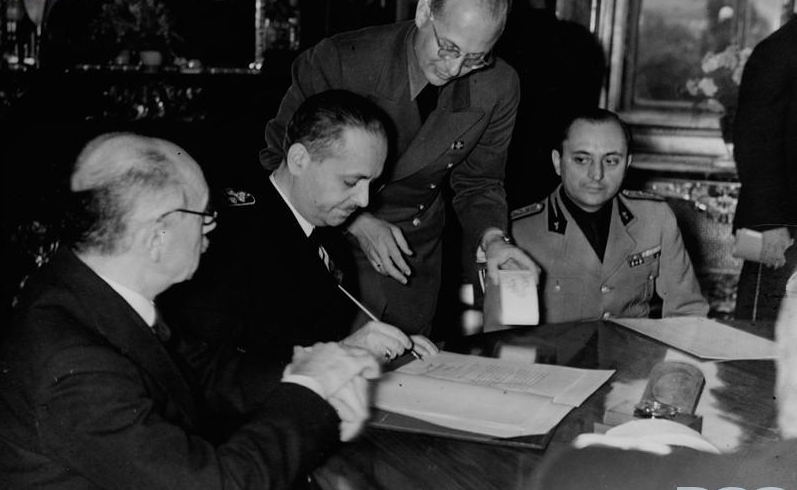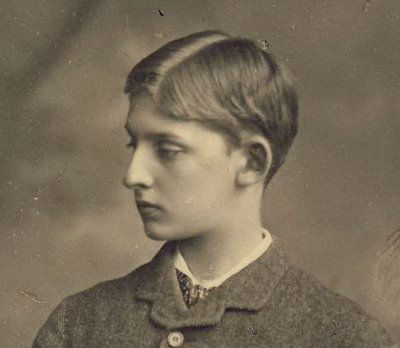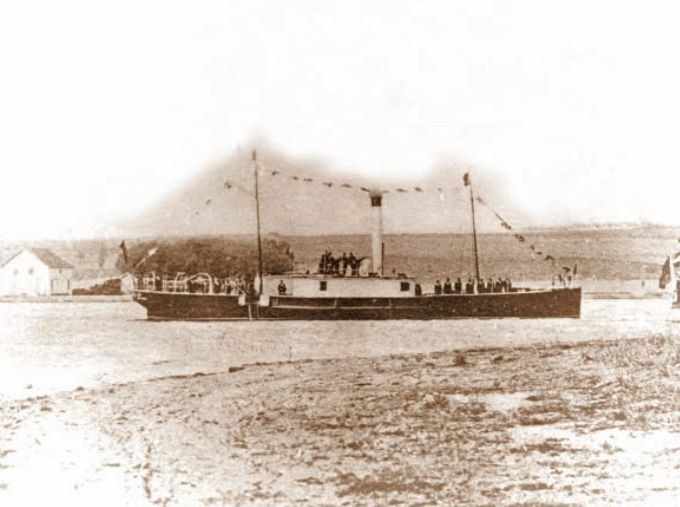|
Romanian Monarchy
The King of Romania () or King of the Romanians () was the title of the monarch of the Kingdom of Romania from 1881 until 1947, when the Romanian Workers' Party proclaimed the Romanian People's Republic following Michael I's forced abdication. History The state had been internationally recognized as a principality since 1862, after the creation of the United Principalities, a personal union between Moldavia and Wallachia, at that time vassal states of the Ottoman Empire. Alexander I became ''domnitor'' (ruling prince) after the official unification of the two formerly separate states, being elected prince of both states in 1859. He was deposed in 1866 by a broad coalition of the main political parties, after which parliament offered the throne to Prince Karl of Hohenzollern-Sigmaringen who subsequently became the new "Domnitor of Romania" (as Carol I). Romania's independence from the Ottoman Empire was recognized in 1878 by the Treaty of Berlin. In an expression of full sove ... [...More Info...] [...Related Items...] OR: [Wikipedia] [Google] [Baidu] |
Coat Of Arms Of Romania
The coat of arms of Romania was adopted in the Romanian Parliament on 10 September 1992 as a representative coat of arms for Romania. The current coat of arms is based on the lesser coat of arms of interwar Kingdom of Romania (used between 1922 and 1947), which was designed in 1921 by the Transylvanian Hungarian heraldist József Sebestyén from Cluj, at the request of King Ferdinand I of Romania, it was redesigned by Victor Dima. As a central element, it shows a golden aquila holding a cross in its beak, and a mace and a sword in its claws. It also consists of the three colors (red, yellow, and blue) which represent the colors of the national flag. The coat of arms was augmented on 11 July 2016 to add a representation of the Steel Crown of Romania. History The idea behind the design of the coat of arms of Romania dates from 1859, when the two Romanian countries, Wallachia and Moldavia, united under Prince Alexandru Ioan Cuza. Then the two heraldic symbols, the golden aq ... [...More Info...] [...Related Items...] OR: [Wikipedia] [Google] [Baidu] |
Ottoman Empire
The Ottoman Empire (), also called the Turkish Empire, was an empire, imperial realm that controlled much of Southeast Europe, West Asia, and North Africa from the 14th to early 20th centuries; it also controlled parts of southeastern Central Europe, between the early 16th and early 18th centuries. The empire emerged from a Anatolian beyliks, ''beylik'', or principality, founded in northwestern Anatolia in by the Turkoman (ethnonym), Turkoman tribal leader Osman I. His successors Ottoman wars in Europe, conquered much of Anatolia and expanded into the Balkans by the mid-14th century, transforming their petty kingdom into a transcontinental empire. The Ottomans ended the Byzantine Empire with the Fall of Constantinople, conquest of Constantinople in 1453 by Mehmed II. With its capital at History of Istanbul#Ottoman Empire, Constantinople (modern-day Istanbul) and control over a significant portion of the Mediterranean Basin, the Ottoman Empire was at the centre of interacti ... [...More Info...] [...Related Items...] OR: [Wikipedia] [Google] [Baidu] |
Elena Lupescu
Magda Lupescu (born Elena Lupescu; 3/15 September 1899 – 29 June 1977), later officially known as Princess Carol of Hohenzollern-Sigmaringen, was the mistress and later wife of King Carol II of Romania. Early life and family Many of the facts relating to her early life are difficult to ascertain due partly to the circumstances of the time and place, partly to unintentional mistakes and typographical errors, and partly to outright fabrications and obfuscations by her friends and enemies, and by herself. Elena Lupescu was the daughter of Elise (or Eliza) Lupescu (née Falk) and Nicolae Lupescu, an apothecary. Her mother was an Austrian-born Jew who converted to the Roman Catholic Church prior to her marriage. Most sources agree that Nicolae Lupescu was born Jewish and adopted his name upon conversion to Orthodox Christianity, the established religion in Romania. There are three different versions as to his surname prior to conversion—it may have been Grünberg (variant ... [...More Info...] [...Related Items...] OR: [Wikipedia] [Google] [Baidu] |
Second Vienna Award
The Second Vienna Award was the second of two territorial disputes that were arbitrated by Nazi Germany and the Kingdom of Italy. On 30 August 1940, they assigned the territory of Northern Transylvania, including all of Maramureș and part of Crișana, from the Kingdom of Romania to the Kingdom of Hungary (1920–46), Kingdom of Hungary. Background After World War I, the multiethnic Lands of the Crown of Saint Stephen, Kingdom of Hungary was divided by the 1920 Treaty of Trianon to form several new nation states, but Hungary noted that the new state borders did not follow ethnic boundaries. The new nation state of Hungary was about a third the size of prewar Hungary, and millions of ethnic Hungarians were left outside the new Hungarian borders. Many historically-important areas of Hungary were assigned to other countries, and the distribution of natural resources was uneven. The various non-Hungarian populations generally saw the treaty as justice for their historically-margina ... [...More Info...] [...Related Items...] OR: [Wikipedia] [Google] [Baidu] |
Coup D'état
A coup d'état (; ; ), or simply a coup , is typically an illegal and overt attempt by a military organization or other government elites to unseat an incumbent leadership. A self-coup is said to take place when a leader, having come to power through legal means, tries to stay in power through illegal means. By one estimate, there were 457 coup attempts from 1950 to 2010, half of which were successful. Most coup attempts occurred in the mid-1960s, but there were also large numbers of coup attempts in the mid-1970s and the early 1990s. Coups occurring in the post-Cold War period have been more likely to result in democratic systems than Cold War coups, though coups still mostly perpetuate authoritarianism. Many factors may lead to the occurrence of a coup, as well as determine the success or failure of a coup. Once a coup is underway, coup success is driven by coup-makers' ability to get others to believe that the coup attempt will be successful. The number of successful cou ... [...More Info...] [...Related Items...] OR: [Wikipedia] [Google] [Baidu] |
Carol II Of Romania
Carol II (4 April 1953) was King of Romania from 8 June 1930, until his forced abdication on 6 September 1940. As the eldest son of King Ferdinand I, he became crown prince upon the death of his grand-uncle, King Carol I, in 1914. He was the first Romanian king to be born in Romania, as both of his predecessors had been born in Germany and came to Romania only as adults. As such, he was the first member of the Hohenzollern family who spoke Romanian as his first language and was also the first to be raised in the Romanian Orthodox faith. Carol's life and reign were surrounded by controversy, such as his desertion from the army during World War I. Another controversy was his marriage to Zizi Lambrino, who was not from a royal lineage. After the dissolution of his first marriage, he met Princess Helen of Greece and Denmark, daughter of King Constantine I of Greece, married her in March 1921, and later that year had a son, Michael. Due to his continued extramarital affair with ... [...More Info...] [...Related Items...] OR: [Wikipedia] [Google] [Baidu] |
Prince Nicholas Of Romania
Prince Nicholas of Romania (; 5 August 1903 – 9 June 1978), later known as Prince Nicholas of Hohenzollern-Sigmaringen, was the fourth child and second son of King Ferdinand I of Romania and his wife Queen Marie. In 1927 after the death of his father, Nicholas was appointed as one of the three regents for his minor nephew King Michael I. His position as regent ended in 1930 with the return of his older brother Prince Carol to Romania to take over as King of Romania. In later 1930, he was stripped of his titles and privileges and exiled from the Royal Court, due to King Carol II's disapproval of his marriage. On 10 July 1942, after the removal of King Carol II from the throne, during King Michael's second reign, Nicholas was given by the king the title of ''Nicholas of Hohenzollern'' — of the house to which he belonged. He died in exile on 9 July 1978 in Madrid, Spain. Early life Nicholas was born on 5 August 1903 in Peleș Castle, Sinaia as the second son of Crown Pr ... [...More Info...] [...Related Items...] OR: [Wikipedia] [Google] [Baidu] |
Regency
In a monarchy, a regent () is a person appointed to govern a state because the actual monarch is a minor, absent, incapacitated or unable to discharge their powers and duties, or the throne is vacant and a new monarch has not yet been determined. The rule of a regent or regents is called a regency. A regent or regency council may be formed ''ad hoc'' or in accordance with a constitutional rule. ''Regent'' is sometimes a formal title granted to a monarch's most trusted advisor or personal assistant. If the regent is holding the position due to their being in the line of succession, the compound term ''prince regent'' is often used; if the regent of a minor is their mother, and she is wife or widow of the king, she would be referred to as ''queen regent''. If the formally appointed regent is unavailable or cannot serve on a temporary basis, a may be appointed to fill the gap. In a monarchy, a regent usually governs due to one of these reasons, but may also be elected to ru ... [...More Info...] [...Related Items...] OR: [Wikipedia] [Google] [Baidu] |
Ferdinand I Of Romania
Ferdinand I (Ferdinand Viktor Albert Meinrad; 24 August 1865 – 20 July 1927), nicknamed ''Întregitorul'' ("the Unifier"), was King of Romania from 10 October 1914 until his death in 1927. Ferdinand was the second son of Leopold, Prince of Hohenzollern, and Infanta Antónia of Portugal, (daughter of Queen Maria II of Portugal and of Ferdinand II of Portugal, Prince Ferdinand of Saxe-Coburg and Gotha-Kohary). His Hohenzollern-Sigmaringen, family was part of the Catholic branch of the Prussian royal family Hohenzollern. In 1886, Ferdinand became heir presumptive to the Romanian throne, following the renunciation of his father (in 1880) and William, Prince of Hohenzollern, older brother. From the moment he settled in Romania, he continued his military career, gaining a series of honorary commands and being promoted to the rank of corps general. He married in 1893 Marie of Romania, Princess Marie of Edinburgh, granddaughter of both Queen Victoria and Alexander II of Russia, Emperor ... [...More Info...] [...Related Items...] OR: [Wikipedia] [Google] [Baidu] |
Sovereign State
A sovereign state is a State (polity), state that has the highest authority over a territory. It is commonly understood that Sovereignty#Sovereignty and independence, a sovereign state is independent. When referring to a specific polity, the term "country" may also refer to a constituent country, or a dependent territory. A sovereign state (polity), state is required to have a permanent population, defined territory, a government not under another, and the capacity to International relations, interact with other sovereign states. In actual practice, recognition or non-recognition by other states plays an important role in determining the status of a country. List of states with limited recognition, Unrecognized states often have difficulty engaging in Diplomacy, diplomatic relations with other sovereign states. History Since the end of the 19th century, almost the entire globe has been divided into sections (countries) with more or less defined borders assigned to different sta ... [...More Info...] [...Related Items...] OR: [Wikipedia] [Google] [Baidu] |
Treaty Of Berlin (1878)
The Treaty of Berlin (formally the Treaty between Austria-Hungary, France, Germany, Great Britain and Ireland, Italy, Russia, and the Ottoman Empire for the Settlement of Affairs in the East) was signed on 13 July 1878. In the aftermath of the Russian Empire, Russian victory against the Ottoman Empire in the Russo-Turkish War of 1877–1878, the European balance of power, major powers restructured the map of the Balkans, Balkan region. They reversed some of the extreme gains claimed by Russia in the preliminary Treaty of San Stefano, but the Ottomans lost their major holdings in Europe. It was one of three major peace agreements in the period after the 1815 Congress of Vienna. It was the final act of the Congress of Berlin (13 June – 13 July 1878) and included the United Kingdom of Great Britain and Ireland, United Kingdom, Austria-Hungary, Third French Republic, France, German Empire, Germany, Kingdom of Italy, Italy, Russia and the Ottoman Empire. Chancellor of Germany Otto vo ... [...More Info...] [...Related Items...] OR: [Wikipedia] [Google] [Baidu] |
Romanian War Of Independence
The Romanian War of Independence () is the name used in Romanian historiography to refer to the phase of the Russo-Turkish War (1877–78), in which Romania, fighting on the Russian side of the war, gained independence from the Ottoman Empire. On , Romania and the Russian Empire signed a treaty at Bucharest under which Russian troops were allowed to pass through Romanian territory, with the condition that Russia respected the integrity of Romania. Consequently, the mobilization of the Romanian troops also began, and around 114,000 soldiers were massed in the south of the country to defend against an eventual attack of the Ottoman forces from south of the Danube. On , Russia declared war on the Ottoman Empire and its troops entered Romania through the newly built Eiffel Bridge, on their way to the Ottoman Empire. Due to great losses, the Russian Empire asked Romania to intervene. On , the first Romanian Army units crossed the Danube and joined forces with the Russian Army. Roman ... [...More Info...] [...Related Items...] OR: [Wikipedia] [Google] [Baidu] |








